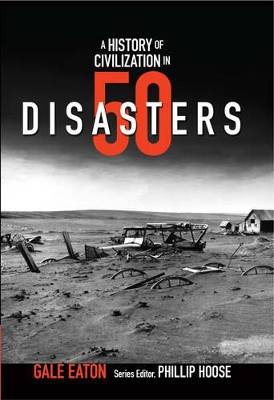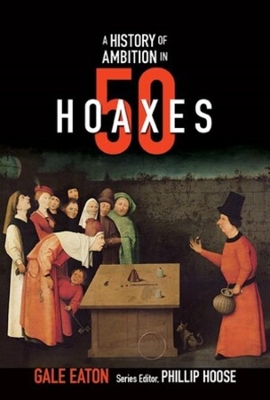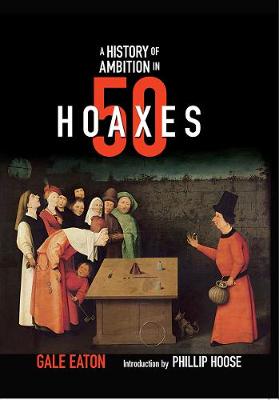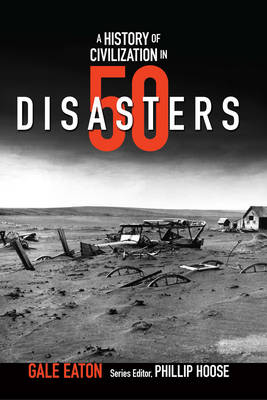History in 50
3 primary works • 5 total works
Book 0
- Dedicated to the premise that history is the greatest story ever told.
- Includes a mix of “greatest hits” with quirky, surprising, provocative accounts.
- Challenges readers to think and engage.
- Includes a glossary of technical terms; sources by chapter; teaching resources as jumping-off points for student research; and endnotes.
Book 0
The con artists in this book pursued a variety of ambitions—making money, winning wars, mocking authority, finding fame, trading an ordinary life for a glamorous one—but they all chose the lowest, fastest road to get there. Every hoax is a curtain, and behind it is a deceiver operating levers and smoke machines to make us see what is not there and miss what is. As P.T. Barnum knew, you can short-circuit critical thinking in any century by telling people what they want to hear. Most scams operate on a personal scale, but some have shaped the balance of world power, inspired explorers to sail uncharted seas, derailed scientific progress, or caused terrible massacres. A HISTORY OF AMBITION IN 50 HOAXES guides us through a rogue’s gallery of hustlers, liars, swindlers, imposters, scammers, pretenders, and cheats. In Gale Eaton’s wide-ranging synthesis, the history of deception is a colorful tour, with surprising insights behind every curtain.
Fountas & Pinnell Level Z+
Book 0
A Story of Medicine in 50 Discoveries
by Marguerite Vigliani, M. D. and Gale Eaton




